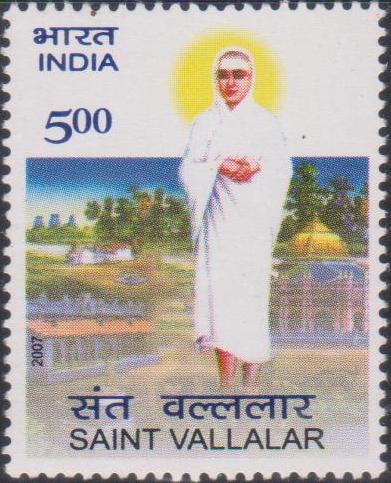
Saint Vallalar (Ramalinga Adigalar)
A commemorative postage stamp on Chidambaram Ramalingam, a Tamil saint and gnana siddhar :
 Issued by India
Issued by India
Issued on Aug 17, 2007
Issued for : The Department of Posts is proud to release a commemorative postage stamp on Ramalinga Adigalar.
Credits :
Stamp & FDC : Brahm Prakash
Cancellation : Alka Sharma
Type : Stamp, Mint Condition
Colour : Multicolor
Denomination : 500 Paise
Stamps Printed : 0.4 Million
Printing Process : Wet–Offset
Printer : Security Printing Press, Hyderabad
Name : Arutprakasa Vallalar Chidambaram Ramalingam
Born on Oct 5, 1823 at Chidambaram, Cuddalore district, Tamil Nadu, India
Died on Jan 30, 1874 at Mettukuppam, Cuddalore district, Tamil Nadu, India
About :
- The Arutperunjothi Ramalinga Adigalar, popularly known as “Vallalar”, was regarded as the foremost of the saints of the nineteenth century. He was born in 1823 in Marudur near Chidambaram as the fifth child to Thiru Ramaiah Pillai and Tmt. Chinnammal. He lived the early part of his life in Madras and settled later at Vadalur in 1867. Right from childhood, he had undeniable talent for versification and his poems brought him into limelight.
- He was the one who firmly believed and professed the undying nature of human life. Professing this philosophy, he attained the generally acclaimed title of “Arut Perum Jothi”, the graceful vast effulgent which he identified as the True-Light of knowledge, Satya Gnana Jothi.
- In the last decade of his life, he started an association of spiritual fellowship called “Samarasa Suddha Sanmarga Sathya Sangam” in 1865, the association of the path of purity, truth, the right and harmony. In 1872, at Vadalur, he founded “Satya Gnana Sabha”, the curious octagon shaped sabha, made of Porsabha and Sirsabha, the sanctum sanctorum containing a lamp symbolizing the omnipresent, eternal light. Seven screens of various colours are hung in the sabha. They represent the various hurdles refraining the jeevan from realizing the true God. One who passes through those seven screens could realize the God.
- He was a critic, writer, publisher and commentator and also had knowledge in occultism, alchemy, astrology and medicine particularly in the nutritional and medicinal values of herbs and leaves and was a musician also.
- It is believed that after about a year or two of attaining the deathless body, he sacrificed it by dematerialization in 1874 in the very concrete presence of the Divine at his place.
- Saint Vallalar’s revelation encompassing as it does, the old and the new, the east and the west, the past present, is verily the gospel of the common man, for its outreach vast and varied, is couched in simple and strikingly convincing language, as though it was penned by a common man.
- Text : Based on material provided by the proponent.


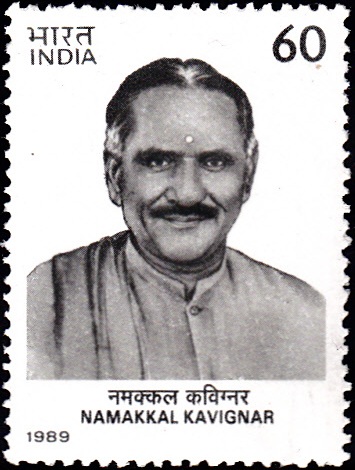

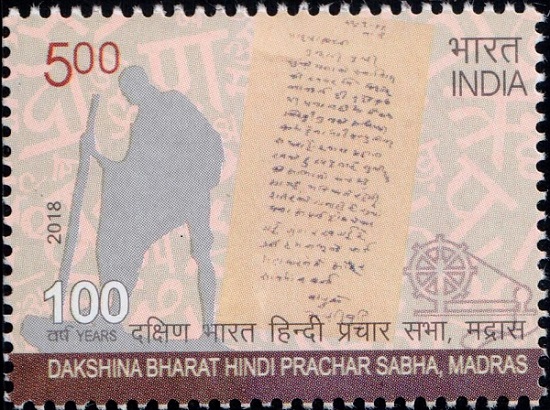
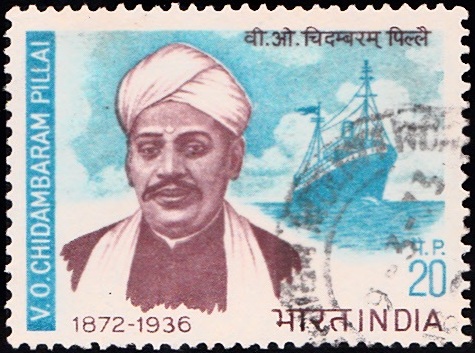
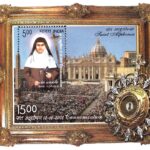
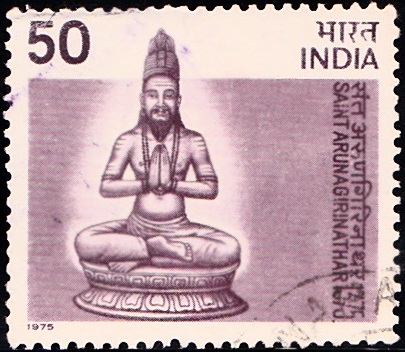
I would appreciate, if we could get a stamp in HD format
[…] Variyar had special interest in the teaching of Vallalar and founded the journal Tiruppugasha–mirtham. He was honoured with many titles for his […]
[…] Padaiyilay”, and “History of the Growth of Tamil during the Indian War of Independence”. “Vallalar Kanda Orumaipaddu” bagged the Sahitya Academy Award in 1966 and several his works were translated […]